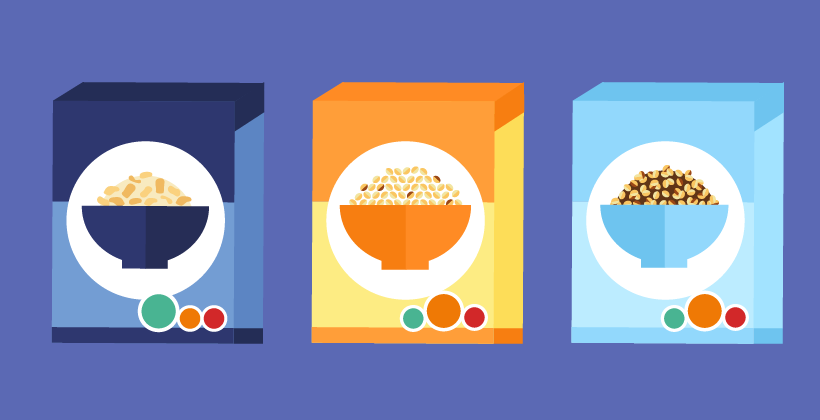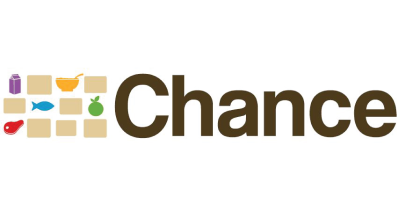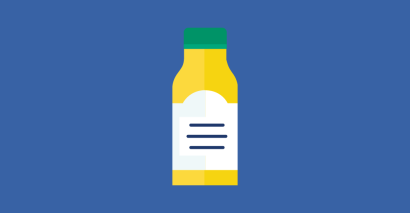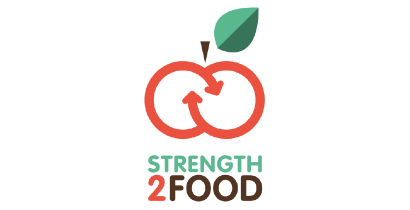Food labelling to advance better education for life (FLABEL)
Last Updated : 11 May 2011FLABEL ended in January 2012.
In response to the prevalence of diet-related diseases, governments and food companies increasingly promote nutrition information on food labels to help the consumer make healthy, informed food choices. The 3-year EU Seventh Framework-funded project FLABEL (Food Labelling to Advance Better Education for Life), will provide state-of-the-art science on nutrition labels and consumer behaviour as well as best practice guidelines for future research, industry and policy-makers.
The issue
Nutrition labelling may be a quick guide to inform consumers about the pros and cons of different products, yet current use and actual effects on shopping basket composition remain largely unknown. Additionally, the different formats already in place (Nutrient tables, Traffic Light scheme, Guideline Daily Amounts (GDA), Health Logos etc.) may convey different messages, and their coexistence could be confusing rather than informing.
To thoroughly address the potential of food labelling as a useful source of nutrition information, the small collaborative project FLABEL will fully examine the aspects that lead from label availability to effects on dietary intake.
The consortium
Comprised of 13 partners ranging from academic experts, retailers, SME-representatives to not-for-profit organisations, the FLABEL research consortium is well placed to provide the definitive pan-European study on the role that nutrition information on food labels plays.
The research
FLABEL had two key research objectives:
- To determine how nutrition information on food labels can affect dietary choices, consumer habits and food-related health issues by developing and applying an interpretation framework incorporating both the label and other factors/influences.
- To provide the scientific basis on use of nutrition information on food labels, including scientific principles for assessing the impact of different food labelling schemes, to be shared with the EU institutions, the food industry, especially SMEs, and other stakeholders.
The outcomes
Amongst the many research findings, the consortium aimed to achieve the following:
- An EU-wide map of nutrition information on food labels, showing to what extent nutrition labelling is currently available in different parts of the EU.
- Knowledge on:
- how consumers actually become aware of and read the food labels,
- which labels are most appealing and informative, and
- how to best strike a balance between simple and complete nutrition information, facilitating an informed choice.
- Information on actual nutrition label use in the “real world”. This will be based on in-store
observations and retail scanner data, leading to solid insights into how nutrition labels may shape behaviour and affect consumption patterns. - Evidence on how consumers form opinions about the healthiness of products, and how the
nutrition label information interacts with other information in this process, including media, advertising and school education. - Evidence on how nutrition labels can be used to positively influence children’s dietary intake, based on the role nutrition information on food labels plays in food decision-making in families with children.
- Research-based best practice proposal for nutrition labelling, tested in a real-world store environment.
- Set of best practice methods for assessing the effect of nutrition labelling that can be used in the evaluation of labelling policies.
The final results are available via webinar, presented by Prof. Klaus Grunert from Aarhus University, Denmark, who is FLABEL’s Scientific Advisor, following a brief introduction by Dr. Laura Fernández Celemín from EUFIC, who is the FLABEL Coordinator. Access to this webinar - released 31 January 2012 - is free of charge but requires completing the login form at http://flabel.org/en/News/FLABEL-final-webinar/.
More information can be found at www.flabel.org.



